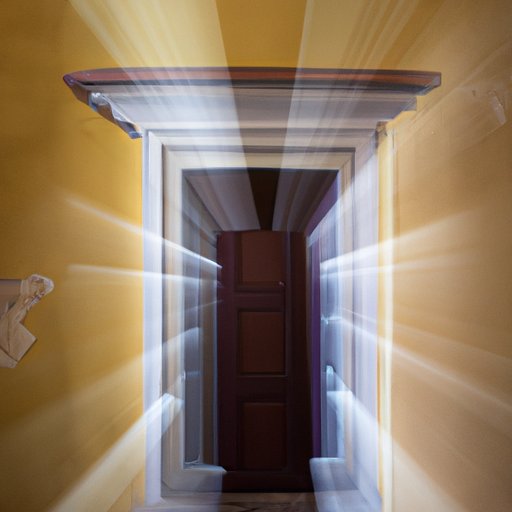Introduction
The Enlightenment period was characterized by groundbreaking innovations and revolutionary ideas, which impacted not only science, philosophy, and politics but also the world of art. Despite the significant role of art in shaping societal and cultural norms during this era, it has often been overlooked in the study of the Enlightenment movement. Consequently, it is essential to examine the creative activities of artists during this period to appreciate the art history of the time, understand its cultural context, and recognize the potential inspiration it provides for contemporary artists.
A Historical Overview of Art During the Enlightenment
The Enlightenment, also known as the Age of Reason, occurred between the late 17th and early 19th centuries, characterized by an ethos of rationality and progress. Notable artistic achievements during this period include the emergence of portraiture as a favorite art form, the revitalization of classical motifs, and the establishment of the Royal Academy of Arts in London. Various types of creative activities, such as painting, sculpting, printmaking, and architecture, were common among artists.
Techniques and Materials Used by Artists During the Enlightenment
Artists in the Enlightenment period used specific materials such as oil paints, canvas, and brushes. Technical advancements such as the improved paint pigments made it easier for painters to make the vivid, colorful images that typified the period. Additionally, many artists applied innovative techniques, such as Canaletto’s use of the camera obscura device to capture remarkable details.

Cultural and Social Factors That Influenced Artistic Activities During the Enlightenment
The salon culture of the Enlightenment period is renowned for encouraging open dialogue and critique, providing vital outlets for artists to exhibit their work to other artists and the public. It fostered a spirit of collaboration and paved the way for the production of new forms of art. As science began to influence other spheres of knowledge, it also impacted art during this period. Artists and thinkers began to explore natural subjects and anatomical studies in their creative expression, demonstrating the increasing influence of science on art.
Styles and Movements in Art During the Enlightenment
Two major styles that flourished during the Enlightenment were Rococo and Neoclassicism. Rococo was characterized by the use of pastel colors, decorative elements, and florid forms, while Neoclassicism was marked by strict adherence to classical forms and motifs. Notable artists associated with Rococo included Jean-Honoré Fragonard, while Jacques-Louis David was one of the major players of the Neoclassicism movement.
Biographical Approach to Artists During the Enlightenment
The Enlightenment period featured a host of notable artists that sought to capture their world in creative ways. Elizabeth Vigée Le Brun, with her exceptional portraiture, challenged gender norms with her incredible talent, while Francisco Goya used his art to comment on the social and political issues of his time.
Relationship Between Art and Politics During the Enlightenment
Art in the Enlightenment was not only there to serve as expressions of aesthetic beauty but was also utilized as a means of social commentary and political criticism. For instance, William Hogarth’s “A Harlot’s Progress” became a significant force in challenging the moral vices of society through art. The role of art in shaping cultural and political ideologies during the Enlightenment cannot be overemphasized.
Legacy of Enlightenment Art
The impact of Enlightenment art can still be seen today, as it influenced many art movements such as Romanticism. The legacy of Enlightenment art has also been felt in the fine arts and literature of the contemporary world. In sum, it is crucial to understand the role of art in the Enlightenment period to appreciate the broader societal and cultural changes taking place during that time.
Conclusion
The creative activities of artists during the Enlightenment provide an important glimpse into the history of art and its broader cultural context. Through examining the techniques, styles, and legacies of Enlightenment art, one can gain a deeper appreciation of the impact of the Enlightenment movement on the world of art.
(Note: Is this article not meeting your expectations? Do you have knowledge or insights to share? Unlock new opportunities and expand your reach by joining our authors team. Click Registration to join us and share your expertise with our readers.)
